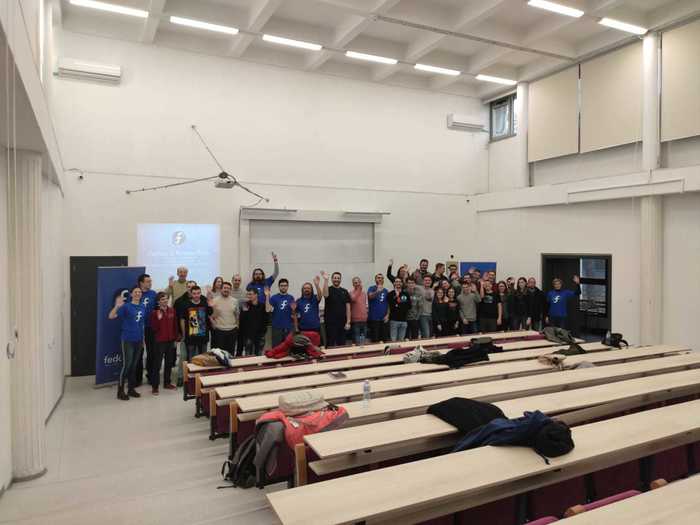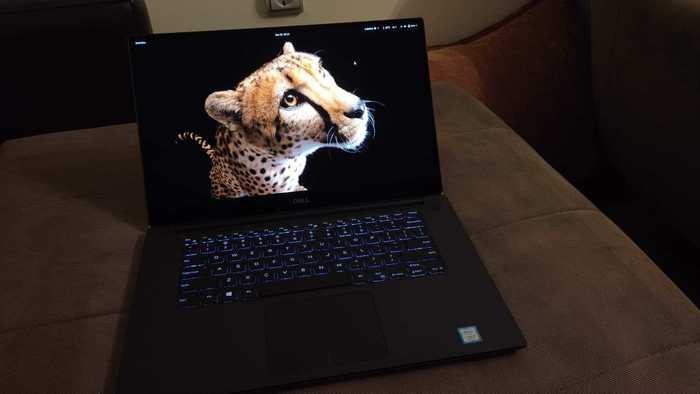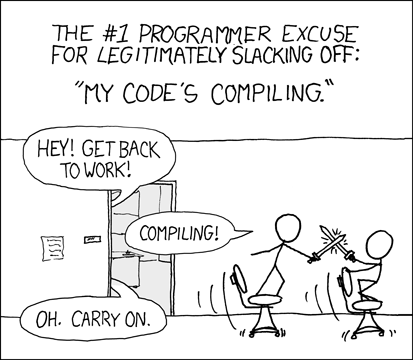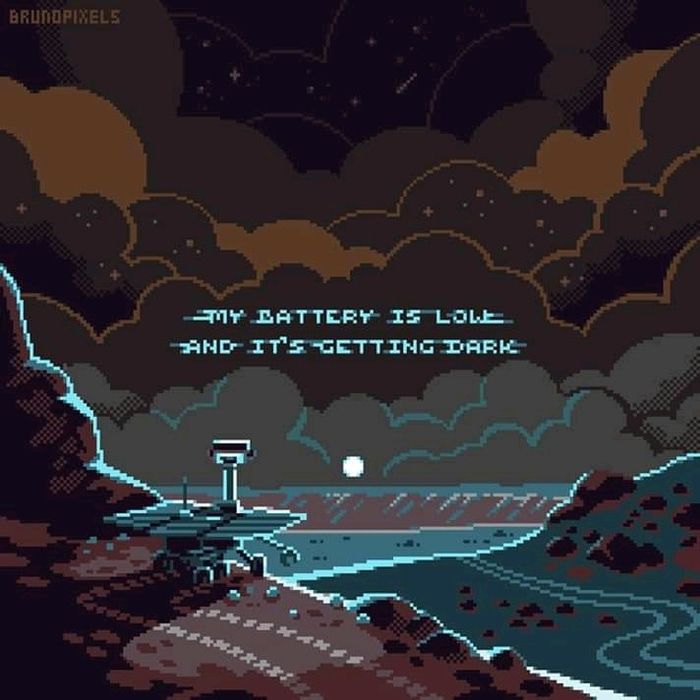Fedora 37 Release Party Novi Sad
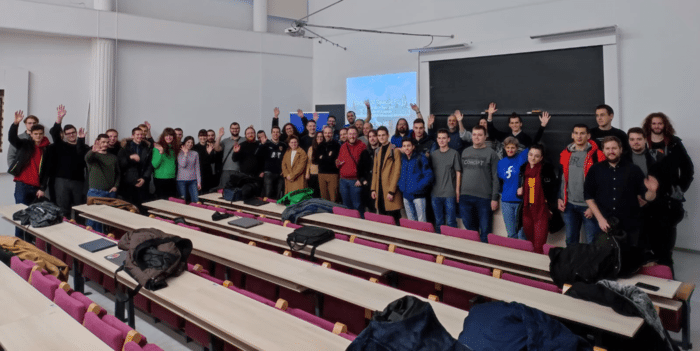
Another great Fedora release and another great Fedora Release Party! :)
After a (sadly) long break, we are back. University of Novi Sad, Faculty of Sciences was once again home for a day for all Fedora, Linux and FOSS enthusiasts. Since our last Release Party for Fedora 31 in December 2019 a lot has changed, but our message and drive did not. We are still striving to build a strong community around Fedora!
In total, we had five awesome talks. After the welcome, I was first to present what is new about Fedora 37 and what has changed since our last meet. We had a lot of new faces so a short introduction to Fedora was also in order. :)
The second talk was given by our Faculty colleague Dusan Simic, and the talk was about Toolbox and how it can be used for isolated clean development environments. A very useful talk for our students, for sure.
For the third talk we discussed about...
